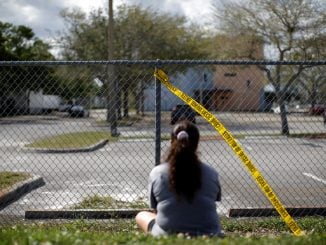
RALEIGH — For the third year in a row, North Carolina’s K-3 students have demonstrated exceptional reading skills, surpassing the national average on end-of-year literacy assessments.
The State Board of Education received data showing significant improvements in student performance on the DIBELS 8 (Dynamic Indicators of Basic Early Literacy Skills) assessment for the 2023-24 school year.
The results revealed that 81,616 more students met or exceeded the benchmark from the beginning to the end of the school year, while 53,808 fewer students scored well below benchmark. Notably, North Carolina students outperformed the national average at every grade level tested, with K-2 students showing greater improvement than their peers nationally.
State Superintendent Catherine Truitt attributed this success to the implementation of Language Essentials for Teachers of Reading and Spelling (LETRS), a two-year professional development program for K-3 teachers.
“They call it the ‘science’ of reading because, like any scientific concept, these methods are grounded in research and data. When we implemented LETRS, we knew we’d see results,” Truitt said in a press release. “But to have so many students improve this early in our state’s new literacy journey is a wonderful surprise. It speaks to the dedication of our teachers and the efficacy of the professional development coordinated by NCDPI’s Office of Early Learning.”
Truitt’s presentation to the board showed the most substantial gains were in kindergarten, where the percentage of students on track in reading grew by 40% during the 2023-24 school year, compared to a 25% average in other states.
Amy Rhyne, senior director of NCDPI’s Office of Early Learning, explained the varying achievement levels between grades.
“This year’s third graders were already in first grade by the time the original cohort of teachers began LETRS, so it makes sense that they’re not experiencing as much growth as the K-2 students who were exposed to the science of reading earlier,” Rhyne said.
This year’s end-of-grade testing results in reading build on “incredible gains” in K-3 literacy reported by Truitt and her team in August 2023. According to the presentation slides shared with the board at that time, between beginning-of-year and end-of-year testing, first-graders saw a 22% increase, second graders saw a 13% increase and third graders saw a 6% increase. Kindergarteners saw the biggest bump, with a 46% increase statewide.
As all K-3 teachers complete LETRS training, continued reading success is expected by NCDPI.



